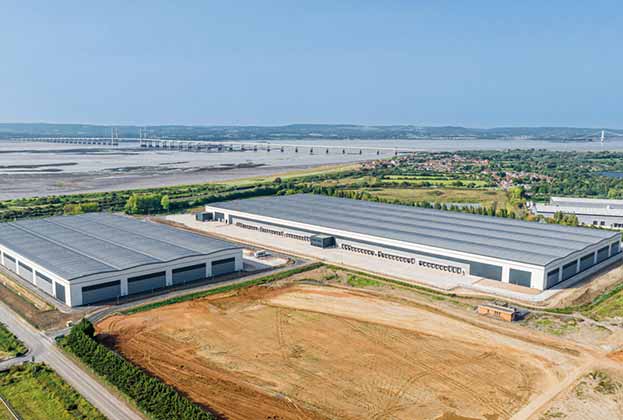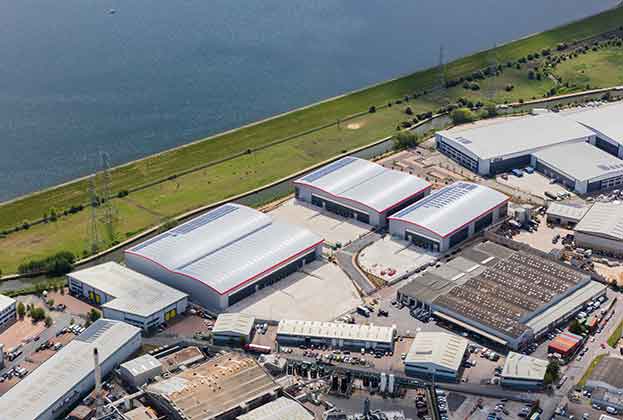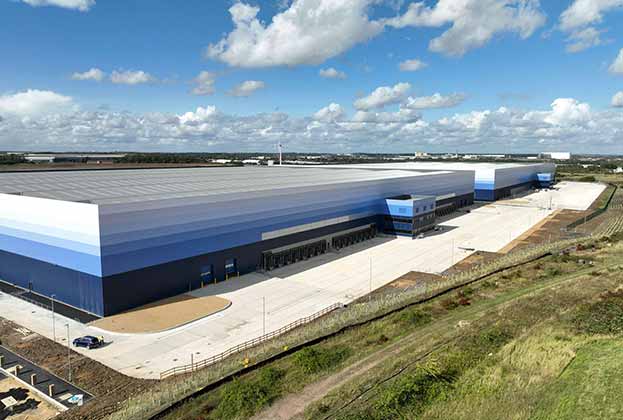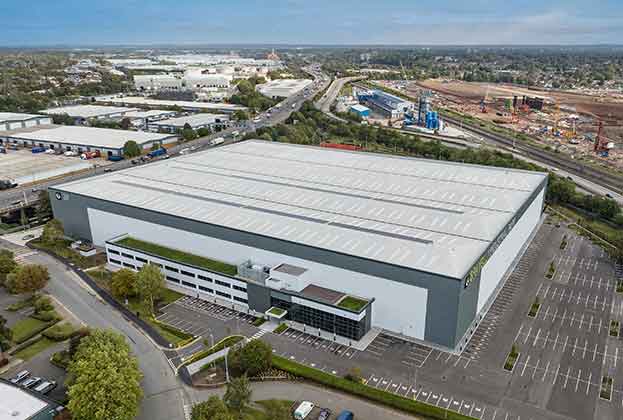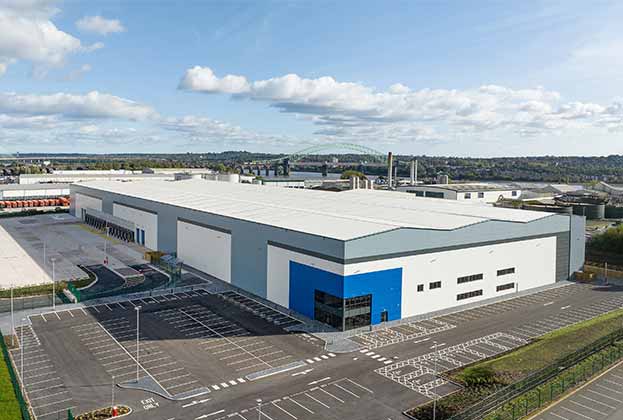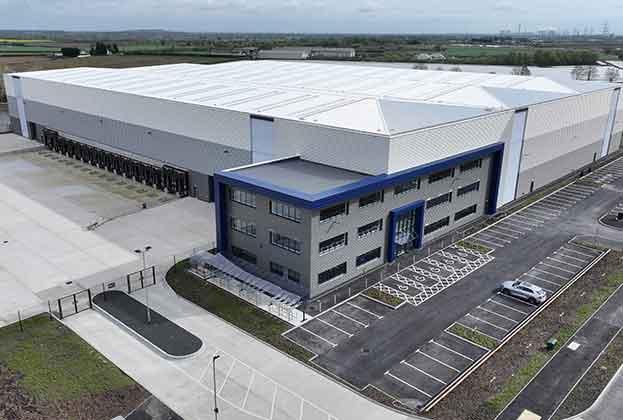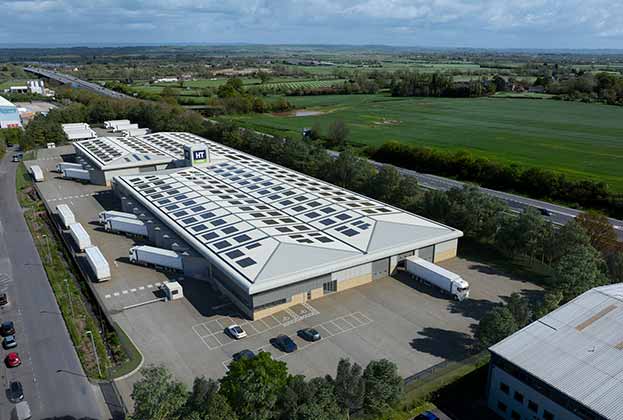After bottoming out in the final three months of last year, it has since risen for two consecutive quarters, a positive sign for the market.
According to the Savills Industrial & Logistics Requirements Index, which compiles requirements above 100,000 sq ft, then compares it to take-up data lagged by three quarters to reflect the time taken to complete a deal, the industrial & logistics market has seen a marked improvement in occupier demand in Q2 2024.
Notably, since the index’s initial trough in late 2022, the 400,000-500,000 sq ft and +500,000 sq ft size bands have recovered fastest. Indeed, the +500,000 sq ft band has consistently outperformed since the end of 2022, while the 400,000-500,000 sq ft category is currently leading the charge when it comes to 2024’s recovery.
When we look at the historical data, for every 1 million sq ft of requirements that come to market, we tend to see 300,000 sq ft of take-up three quarters later. The share of requirements translating into take-up naturally varies over time as occupiers consider a myriad of time-sensitive factors as they edge towards completing a transaction.
Utilising this requirement to take-up ratio, we estimated that take-up in the first half of 2024 would be between 15-20 million sq ft, a forecast which came to fruition with take-up reaching 16.8 million sq ft in H1 2024. Given the current requirement levels, we expect to see between 10-15 million sq ft of take-up in H2. That said, if the take-up continues to outperform requirements as it did in Q2 this figure could rise to between 15-20 million sq ft in the second half of the year.
Comparing requirements to supply over time also highlights some interesting trends. During the pandemic, supply shortages intensified, and demand for logistics stock grew sharply, meaning that the level of requirements exceeded the number of available buildings.
Analysing this by size band becomes even more interesting, particularly for units over 400,000 sq ft. In fact, at one point during the top of the market in 2022 there were seven requirements in the market for every unit over 500,000 sq ft available.
As the cost of living crisis has continued, the ratio of requirements to availability has continued to drop back towards levels seen at the start of 2020, prior to the impact of Covid-19. However, while the supply of available buildings has increased, the level of requirements in the market today is higher, meaning that the requirement-to-supply ratio is broadly the same today as it was in early 2020.
What’s more, the ratio for units above 500,000 sq ft is actually 60% higher than in Q1 2020. Meaning, in short, that the logistics market has undergone a secular shift in demand for larger units.
When it comes to larger requirements, many occupiers need bespoke buildings, especially for units above 500,000 sq ft. Demand for Build-to-Suit (BTS) would typically offset a significant proportion of this, and, over the long-term (2007-2024), BTS has accounted for 51% and 67% of +400,000 sq ft and +500,000 sq ft units respectively. This, therefore, mitigates the impact of requirements on supply. That said, in times of high supply BTS requirements can end up as a deal for an existing unit as landlords compete for occupiers.
Ultimately, in 2024 bigger is better when it comes to occupier requirements so the availability of stock in the right size band should help to drive take-up throughout the rest of the year.
Further information
Contact Andrew Blennerhassett

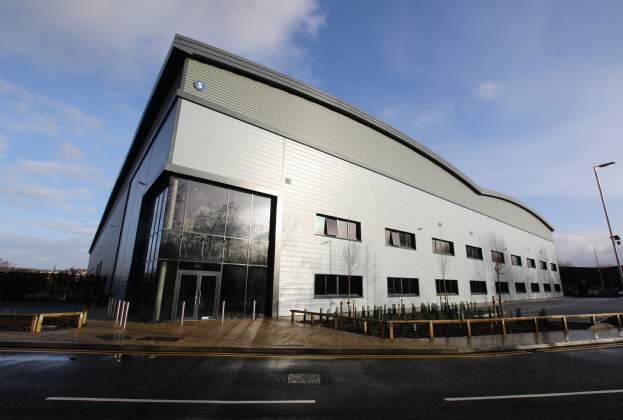

.jpg)
